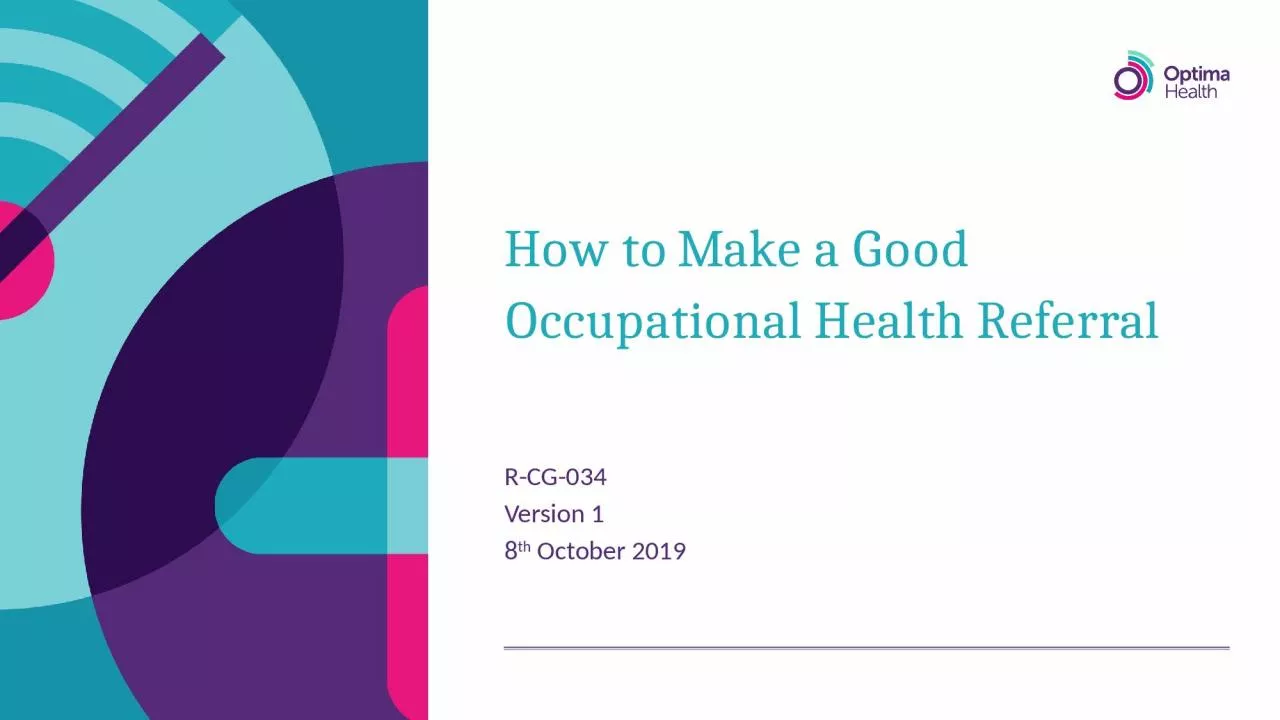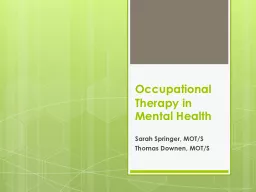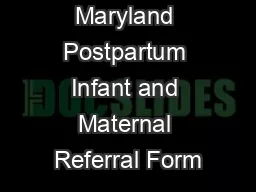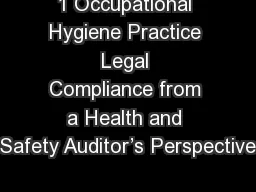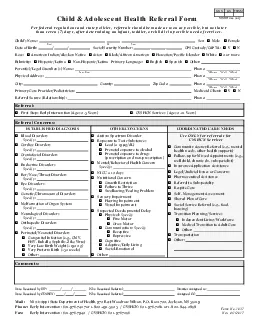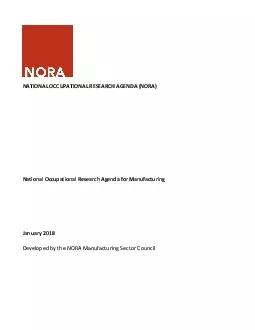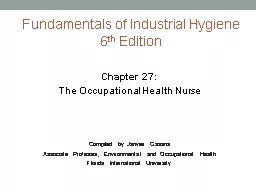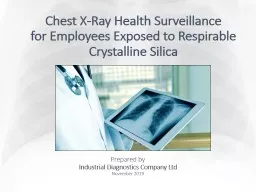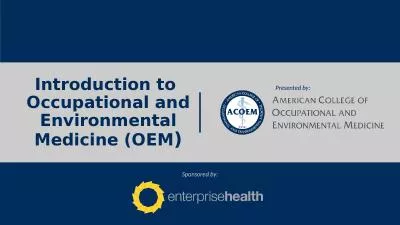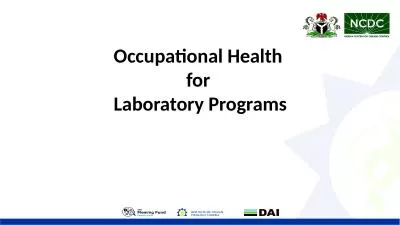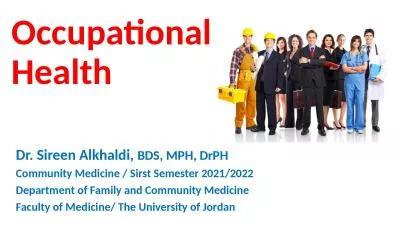PPT-How to Make a Good Occupational Health Referral
Author : helene | Published Date : 2024-02-09
RCG034 Version 1 8 th October 2019 Requirements Time allocated 1 hour to review the document At the end of the presentation managers will understand Managing absent
Presentation Embed Code
Download Presentation
Download Presentation The PPT/PDF document "How to Make a Good Occupational Health R..." is the property of its rightful owner. Permission is granted to download and print the materials on this website for personal, non-commercial use only, and to display it on your personal computer provided you do not modify the materials and that you retain all copyright notices contained in the materials. By downloading content from our website, you accept the terms of this agreement.
How to Make a Good Occupational Health Referral: Transcript
Download Rules Of Document
"How to Make a Good Occupational Health Referral"The content belongs to its owner. You may download and print it for personal use, without modification, and keep all copyright notices. By downloading, you agree to these terms.
Related Documents

